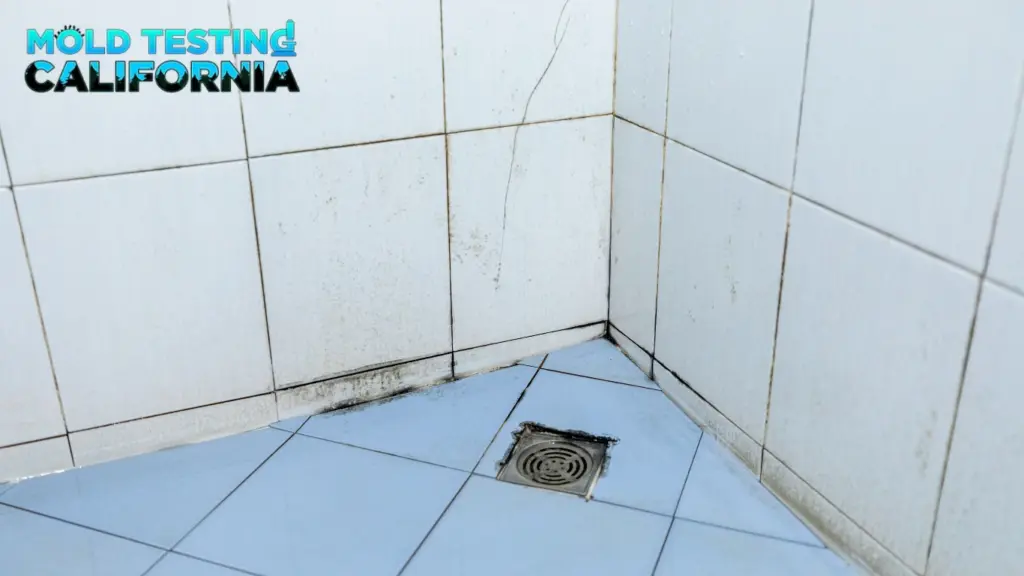Mold testing is a vital service for identifying hidden mold growth in your home. Mold can thrive in hidden, damp areas, making it difficult to spot with the naked eye. With the help of mold testing, professionals can detect mold early, preventing further damage and health issues. Understanding how mold testing works and how it identifies mold growth can help homeowners take proactive steps to protect their homes and families.
Visual Inspection and Identifying Potential Problem Areas
Mold testing begins with a thorough visual inspection. Mold professionals assess areas that are prone to moisture and mold growth, such as basements, attics, and bathrooms. They also examine walls, ceilings, floors, and areas affected by water damage. By looking for signs of mold, such as discoloration or musty odors, they identify potential problem areas that require further testing. While mold can be hidden behind walls or under flooring, this initial inspection serves as a guide for where to conduct more detailed mold testing.
Air Sampling for Mold Spores
One of the most effective ways to detect mold growth is through air sampling. During mold testing, professionals use air samplers to capture air samples from different areas of the home. This method helps assess the concentration of mold spores in the air, which is an important indicator of mold presence. High spore levels in the air can be a sign of active mold growth, especially if these spores are circulating in areas where they are not visible. Air sampling helps professionals determine whether mold spores are causing a health risk by affecting indoor air quality.
Surface Sampling to Identify Mold Type and Severity
In addition to air sampling, surface testing is conducted to confirm mold growth on visible surfaces. Professionals collect samples from affected areas using swabs or bulk sampling techniques. These surface samples are analyzed to identify the specific mold species present, as well as the extent of contamination. By understanding the type of mold and its concentration, mold testing professionals can recommend the appropriate course of action for remediation. This detailed testing helps ensure that even hidden mold growth is detected and treated.
Moisture Detection and Identifying Underlying Causes
Mold thrives in damp conditions, so detecting moisture is a crucial part of mold testing. Moisture meters are used to measure the humidity levels within walls, floors, and other materials. By identifying areas with elevated moisture levels, mold professionals can pinpoint hidden sources of mold growth. This step is essential for not only finding existing mold but also addressing the root cause of the problem. Without resolving the moisture issue, mold may return even after remediation, making moisture detection an integral part of the testing process.
Mold testing is an essential tool for identifying mold growth in your home. Through visual inspection, air and surface sampling, and moisture detection, professionals can locate mold and assess its severity. Early detection helps prevent further damage to your property and reduces health risks. By taking advantage of mold testing, homeowners can protect their home and family from the harmful effects of mold.
Learn more:
Understanding How Mold Testing Works: The Different Techniques Used
The Key Components of a Mold Test: What Happens During the Process

